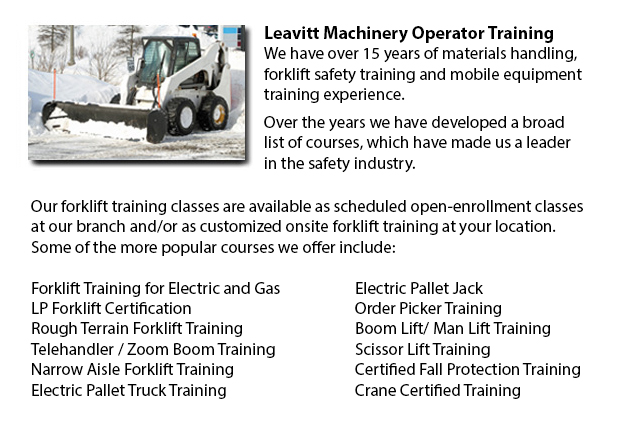
Skid Steer Ticket Avondale - The lift arms on the skid-steer loader are located next to the driver with pivots behind the driver's shoulders. These features makes the skid-steer loader different compared to the traditional front loader. Due to the operator's proximity to moving booms, early skid loaders were not as safe as traditional front loaders, especially during the operator's exit and entry. Today's' modern skid-steer loaders have numerous features to be able to protect the driver including fully-enclosed cabs. Similar to several front loaders, the skid-steer model can push materials from one site to another, can load material into a trailer or a truck and could carry material in its bucket.
Operation
More often than not a skid-steer loader is able to be used on a job location rather than a big excavator by digging a hole from within. To start with, the skid-steer loader digs a ramp leading to the edge of the desired excavation, and after that it uses the ramp to excavate material out of the hole. As the excavation deepens, the machine reshapes the ramp making it longer and steeper. This is a very functional technique for digging underneath a building where there is not enough overhead clearance for the boom of a big excavator. For instance, this is a common scenario when digging a basement underneath an existing house or building.
There is much flexibility in the attachments which the skid steer loaders are capable of. Like for instance, the conventional bucket of many of these loaders can be replaced with many attachments that are powered by the loader's hydraulic system, comprising pallet forks, backhoes, tree spades, sweepers, mowers, snow blades and cement mixers. Some other popular specialized buckets and attachments consist of wheel saws, snow blades, trenchers, angle booms, dumping hopper, wood chipper machines, grapples, tillers and stump grinders rippers.
History
The 3-wheeled front end loader was invented during the year 1957, by Cyril and Louis Keller in their hometown of Rothsay, in the state of Minnesota. The Keller brothers created this machinery in order to help mechanize the method of cleaning in turkey barns. This equipment was light and compact and included a back caster wheel that allowed it to turn around and maneuver within its own length, allowing it to carry out similar jobs as a conventional front-end loader.
The Melroe brothers of Melroe Manufacturing Company in Gwinner, N.D. bought during 1958, the rights to the Keller loader. The company then hired the Keller brothers to help with development of the loader. The M-200 Melroe was actually the result of this partnership. This particular model was a self-propelled loader which was introduced to the market during 1958. The M-200 Melroe featured a 12.9 HP engine, a 750 lb lift capacity, two independent front drive wheels and a rear caster wheel. By 1960, they changed the caster wheel together with a rear axle and introduced the very first 4 wheel skid steer loader that was referred to as the M-400.
The term "Bobcat" is utilized as a generic term for skid-steer loaders. The M-400 immediately after became the Melroe Bobcat. The M-440 version was powered by a 15.5 HP engine and has rated operating capacity of 1100 lbs. The business continued the skid-steer development into the mid nineteen sixties and launched the M600 loader.
-
Forklift Certification Courses Avondale
Forklift Certification Courses Avondale - Forklift certification courses really help to be able to make sure that companies using forklifts, follow the local and regional rules. The drivers of the forklift need to go through forklift certification pr... More -
Manlift Certification Avondale
Manlift Certification Avondale - The Elevated Platforms and Manlifts Certification course helps to provide the required training on the work practices, safe operating procedures, rules and regulations regarding the daily activities for the operators... More -
Manlift Operator Training Avondale
Manlift Operator Training Avondale - The aerial lift or manlift is a specialized type of hydraulic platform that is intended to hoist a person vertically giving it an alternate name of a vertical personnel lift. These machinery are widely used for a... More -
Telescopic Training Avondale
Telescopic Training Avondale - Telescopic Handlers are a type of forklift, normally called telehandlers. This machine has been increasing in popularity because of its greater lift heights and its versatility. It is often preferred over the convention... More -
Heavy Equipment Training Avondale
Heavy Equipment Training Avondale - The two most common types of heavy equipment training are classed into the categories of equipment; equipment that is fashioned with rubber tires or those with tracks. The tracked vehicle are heavy duty equipment l... More -
Aerial Lift Train the Trainer Avondale
Aerial Lift Train the Trainer Avondale - The Aerial Lifts Train the Trainer Certification Program would teach trainers how to efficiently train operators in safe industrial mobile equipment operation. Trainers are provided with in-depth instruction a... More -
Overhead Crane Safety Training Avondale
Overhead Crane Safety Training Avondale - The overhead crane safety training program is meant to equip the operators with the right knowledge and skills in the areas of: crane safety measures, accident avoidance, materials handling, and stock and equ... More -
Heavy Equipment Training Schools Avondale
Heavy Equipment Training Schools Avondale - When choosing an operator training course, there are numerous heavy equipment training schools to select from. In order to ascertain the qualifications you would attain, it is very important to check some a... More

Forklift Training Avondale
TOLL FREE: 1-888-254-6157
Avondale, Arizona
forkliftcertificationavondale.com
Email Us
About Us


